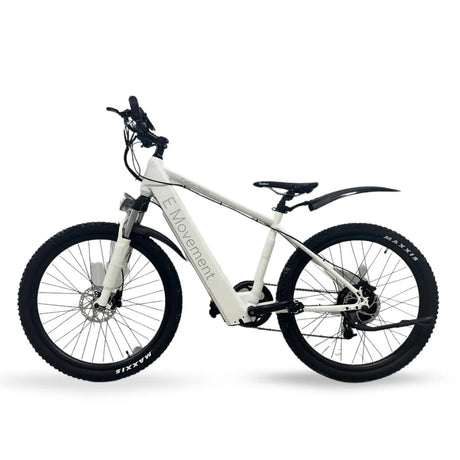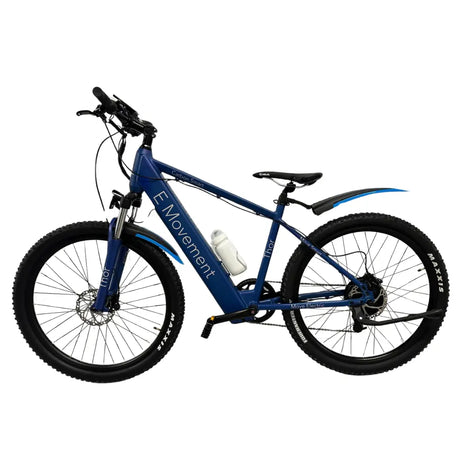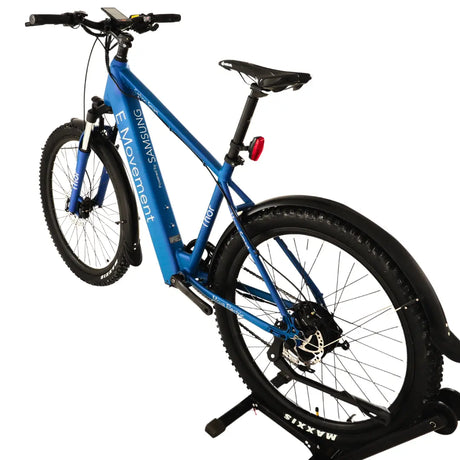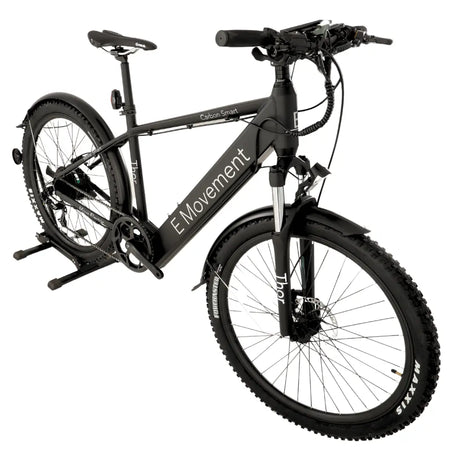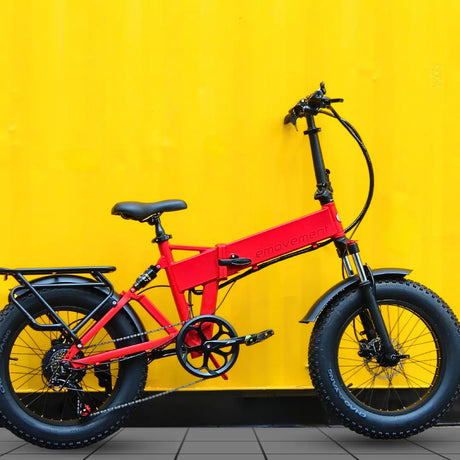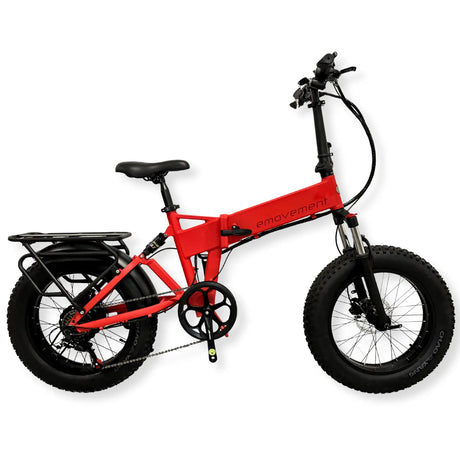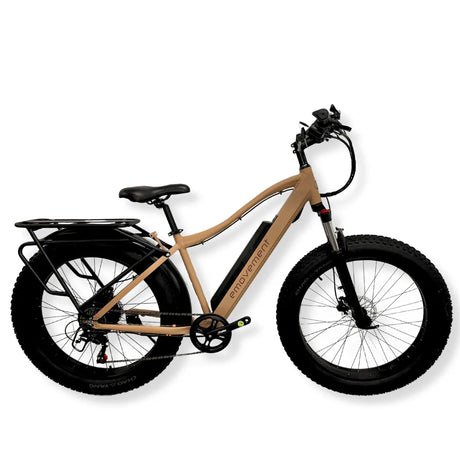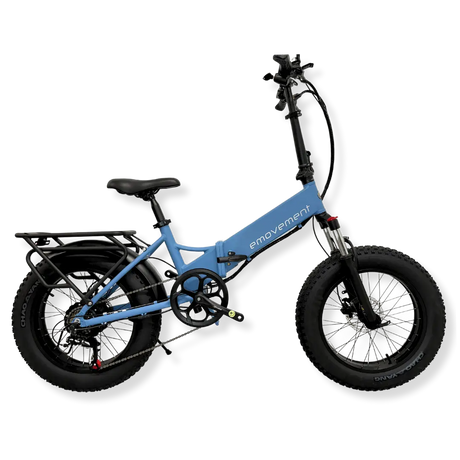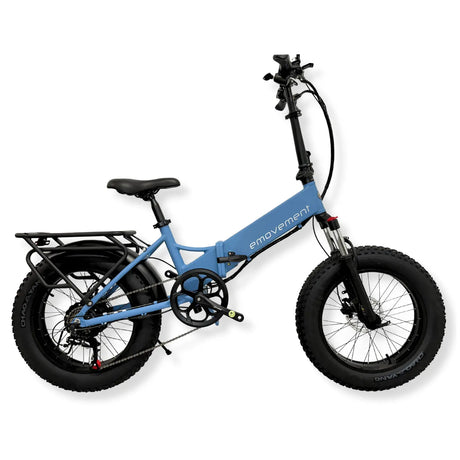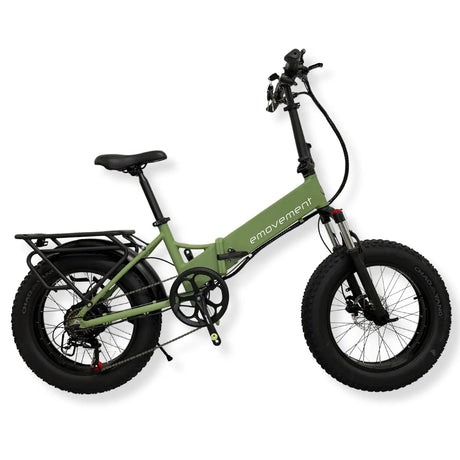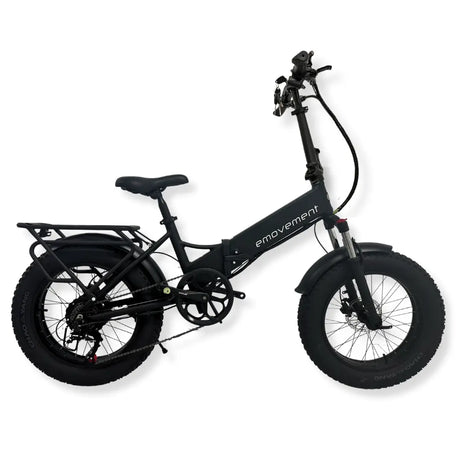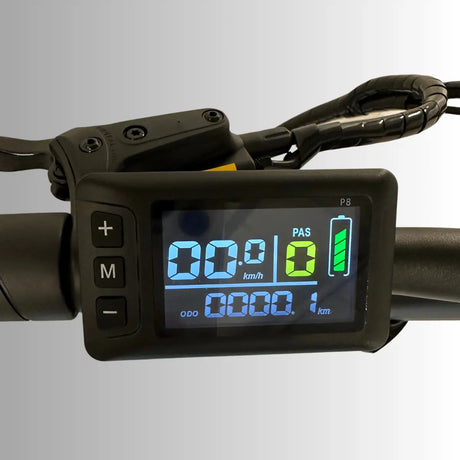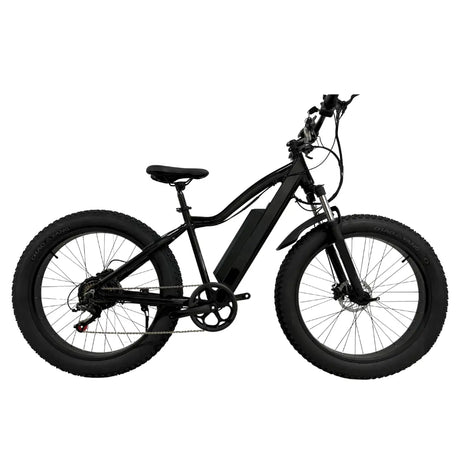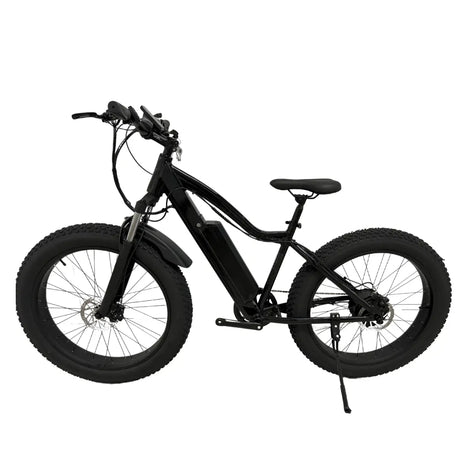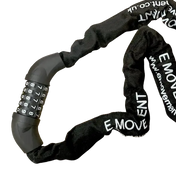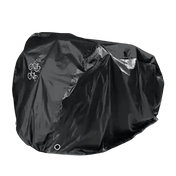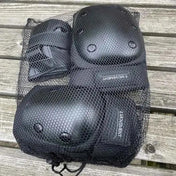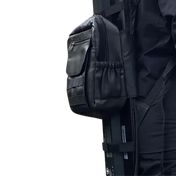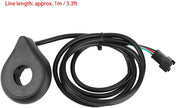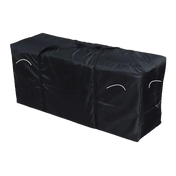Inside this Article:
- Types of eBike Chargers
- Battery and Charger Connector Types
- Connector Compatibility
- Cable Types for eBikes
- Safety and Maintenance
- Innovations in eBike Charging Technology
- Summary
- FAQs
- 1. How do I know if my charger is compatible with my eBike?
- 2. Can I use any cable to charge my eBike?
- 3. What should I do if my charger stops working?
- 4. Are fast chargers safe for all eBikes?
- 6. What is the most common eBike battery connector?
- 7. What size is the charger on eBikes?
- 8. How do I connect my charger to my bike?
With the rise in ebike usage, understanding the technicalities associated with these vehicles is more important than ever before. Batteries and chargers especially play a critical role here, and their corresponding charger and battery connectors must be chosen with care.
Let’s talk about ebike charger connector types and ebike battery connector types highlighting their specifications and advantages.
Types of eBike Chargers
Choosing the right charger for your e-bike is essential to maintain battery health and ensure efficient charging. Different types of chargers offer varied benefits, so understanding their specifications and features can help you make an informed decision.
1. Standard Chargers
Standard ebike chargers are the most common type found with e-bikes. They deliver a steady current with a voltage of around 36V to 55V and an amperage between 2A to 4A. These chargers are designed to charge your battery at a moderate pace, usually taking 4 to 6 hours for a full charge. The efficiency of standard chargers is reliable, making them a go-to option for everyday use. Standard chargers also come equipped with safety features like overcharge protection and temperature control which ensures that the battery remains undamaged during the charging process. Their straightforward design makes them easy to use, making them a favourite among electric bike users.
You can check out our 42V and 54.6V chargers as well.
2. Fast Chargers
Fast chargers are ideal for riders heavily relying on their pedelecs, using them multiple times daily, especially on longer trips. These chargers offer higher amperage, ranging from 4A to 8A, which significantly reduces charging time to about 1 to 3 hours. The voltage specifications are similar to standard chargers, between 36V and 55V. These chargers are engineered for efficiency, delivering a rapid charge without compromising battery life.
Safety is a key feature of fast chargers, with advanced systems to prevent overheating and overcharging, ensuring the longevity of the battery. Fast chargers are perfect for busy riders who require quick turnaround times between rides.
You can check out our 54.6V fast electric bike charger here .
3. Smart Chargers
Smart chargers are the most advanced option available, integrating technology to optimise the charging process. They often come with adjustable voltage and amperage settings, allowing for a customized charging experience.
These ebike chargers can automatically adjust the charging speed, balancing efficiency with battery health, which results in a charging time of 2 to 4 hours. Smart chargers enhance safety features by including real-time monitoring of battery status, temperature regulation, and overcharge prevention. The intelligent design not only maximizes battery life but also provides peace of mind, making smart chargers an excellent choice for riders who want the best for their e-bicycle batteries.
Battery and Charger Connector Types
Electric bikes rely on different connectors for their batteries and chargers. These connectors ensure safe and efficient power transfer and are categorized into standard, proprietary, and universal types. Understanding these categories can help you select the right components for your bicycle.
1. Standard Connectors
Standard connectors are widely popular and used across different electric bicycle brands and models. They include Anderson Powerpole, XT60/XT90, Bullet, JST, DC Barrel, XLR, RCA, and GX16/GX12 connectors . These connectors are known for their reliability, ease of use, and availability. Their standardization simplifies the process of finding replacements or upgrades. They are often chosen for their robust design, which handles the high currents and voltages in e-bike applications. Standard connectors provide a balance of performance and accessibility.
Anderson Powerpole

XT60/XT90 Connector

Bullet Connector

RCA

2. Proprietary Connectors
Proprietary connectors are designed by specific manufacturers for use with their products. These connectors, such as Rosenberger and Higo, often feature unique designs to ensure compatibility and prevent the use of third-party components. Major brands like Bosch, Shimano, and Specialized develop their proprietary connectors to optimise performance and safety for their e-bicycle systems. They also often offer advanced features, like waterproofing and magnetic connections, enhancing the riding experience. However, the limited compatibility with other brands, makes finding replacements or repairs more challenging.
3. Universal Connectors
Universal battery connectors include Anderson Powerpole, XT60/XT90, Bullet, DC Barrel, XLR, and GX16/GX12 connectors. They are designed for broad compatibility across various devices and brands and are favoured for their versatility and ease of integration into different systems.
The widespread use of universal connectors means that components and accessories are also readily available, simplifying maintenance and upgrades. They are ideal for DIY enthusiasts and those looking to customize their pedelecs, with their compatibility ensuring that users can mix and match components without worrying about connector incompatibility.
-
DC Barrell:

-
XLR:

- GX16/GX12 connectors

Connector Compatibility
Ensuring connector compatibility is crucial for the efficient and safe operation of your electric bike. Compatible connectors prevent electrical issues and ensure a secure connection between the battery and the charger. They lead to better performance, decreased wear and tear, and protect your bicycle’s components from damage.
To determine compatibility, start by checking the specifications of your battery and charger. Look for details on voltage, amperage, and connector types in the product manuals or the manufacturer’s website. By comparing these specifications you can identify compatible connectors. If you’re unsure of which connector to get, contact the manufacturer or consult with an e-bike specialist for clarity.
If you cannot find the proper connector, consider using a connector adapter. They bridge the gap with incompatible connectors. These adapters are designed to convert one type of connector to another, ensuring a secure and efficient connection. Using high-quality adapters is important to maintain the safety and performance of your pedelec.
Cable Types for eBikes
Choosing the right cables for your electric bicycle is essential for ensuring efficient operation and long-term durability. Let’s explore the different types of cables you’ll encounter and their specific roles in maintaining your e-bicycle.
1. Charging Cables
Charging cables connect your charger to the e-bike battery. These cables come in various types and specifications, typically determined by the connector types at both ends.
A durable charging cable ensures consistent performance and reduces the risk of malfunctions during charging. High-quality charging cables are built to handle the voltage and amperage required by your battery, ensuring efficient power transfer. Durability is a key factor in charging cables, they include strong cables featuring robust insulation and strain relief to withstand regular use and prevent damage.
2. Data Cables
Data cables play a vital role in the maintenance and operation of your e-bicycle. They facilitate communication between different components like the battery, motor , and display unit. These cables, often using JST connectors, are designed for low voltage and current, ensuring accurate data transmission. Data cables enable real-time monitoring of battery levels, power output, and other essential metrics, allowing for effective troubleshooting and optimization of your e-bike. Understanding the specifications of data cables, such as their pin configuration and length, ensures proper installation and reliable performance, keeping your bike running smoothly.
3. Extension Cables
Extension cables are useful when the standard cables are too short to reach your components comfortably. These cables come in handy during maintenance, charging, or when customizing your pedelec’s setup. When using extension cables, consider the specifications to ensure they match the original cables in terms of voltage and amperage ratings. Safety is critical, so choose high-quality extension cables with proper insulation and connectors to prevent electrical hazards.
Safety and Maintenance
Ensuring the safety and proper maintenance of your electric bike is crucial for its longevity and performance. By following a few key guidelines, you can keep your e-bike in top condition and avoid common issues.
1. Safety Tips
Proper handling and storage of your electric bicycle’s components are essential to prevent accidents and prolong their lifespan. Always disconnect the charger from the battery before handling it to avoid electrical shocks. Store your bike and its components in a dry, cool place, away from direct sunlight and extreme temperatures. Avoid overcharging the battery by using a charger with overcharge protection. Additionally, regularly inspect cables and connectors for wear and tear, replacing any damaged parts immediately to prevent malfunctions. By following these safety tips, you can ensure the safe and efficient operation of your electric bike .
2. Maintenance Guidelines
Regular inspection and cleaning of your e-bike are vital for maintaining its performance. You must check the battery, charger, and connectors for signs of corrosion or damage. Clean these components with a dry cloth to remove dirt and debris, ensuring a secure connection. Regularly inspect the voltage and amperage output of your charger to ensure it matches the battery's specifications.
Additionally, you can troubleshoot common issues like loose connections or erratic charging by consulting your e-bicycle’s manual or seeking professional help. By adhering to these maintenance guidelines, you can keep your ebike running smoothly and efficiently.
Innovations in eBike Charging Technology
Innovations such as wireless charging, solar-powered chargers, and emerging trends are transforming how we charge our e-bikes.
Wireless charging is gaining popularity for its convenience and ease of use. This technology allows you to charge your electric bicycle without plugging in any cables, and instead done through inductive charging pads. Simply park your ebike over the pad, and it automatically charges, eliminating the hassle of dealing with connectors and cables.
Solar-powered chargers are another innovative solution, providing an eco-friendly way to charge your pedelec. These chargers harness solar energy to power your battery, making them ideal for outdoor enthusiasts and riders looking to reduce their carbon footprint. Solar chargers are portable and can be used in remote locations, offering a sustainable alternative to traditional charging methods and perfect for long-distance adventures.
Additionally, future trends are emerging in electric bike charging technology. These include Integration with smart grids, advances in battery chemistry and charging algorithms, enabling quicker and more efficient charging processes. Smart grid integration will allow e-bikes to become part of a larger energy ecosystem, enabling features like vehicle-to-grid (V2G) technology and optimized energy use. These innovations promise to make pedelec charging more efficient, sustainable, and user-friendly.
Summary
Electric bikes have revolutionized transportation by offering an eco-friendly and efficient alternative to traditional commuting. Understanding the different types of chargers and connectors is crucial for maintaining battery health and ensuring efficient charging. Standard, fast, and smart chargers each offer unique benefits, while the right connector type—whether standard, proprietary, or universal—ensures compatibility and optimal performance. By selecting the appropriate components and following proper maintenance guidelines, you can enhance your e-bike experience and extend the lifespan of your equipment. Embracing the latest innovations in e-bicycle charging technology will further improve convenience and sustainability, making your rides more enjoyable and efficient.
FAQs
1. How do I know if my charger is compatible with my eBike?
To ensure charger compatibility with your e-bike, check the voltage and amperage specifications of both the charger and the battery. These details are typically found in the product manuals or on the manufacturer's website. The charger’s voltage should match the battery’s voltage, and the amperage should be within the recommended range. Additionally, ensure the connector types are compatible.
2. Can I use any cable to charge my eBike?
No, you cannot use any cable to charge your electric bicycle. Charging cables must match the voltage, amperage, and connector type specified by your electric bike and charger. Using the wrong cable can lead to inefficient charging, potential damage, or safety hazards.
3. What should I do if my charger stops working?
If your charger stops working, first check the power source and connections to ensure they are secure and functional. Inspect the charger and cables for visible damage or wear. If everything appears intact, try using a different outlet or power source. If the charger still doesn’t work, consult your pedelec’s manual for troubleshooting tips or contact the manufacturer’s customer support.
4. Are fast chargers safe for all eBikes?
Fast chargers are generally safe for many e-bikes but are not suitable for all models. They provide higher amperage, which can significantly reduce charging time. However, using a fast charger with an incompatible battery can lead to overheating, reduced battery life, or damage. Before using a fast charger, check your bike’s manual or manufacturer’s guidelines to ensure it supports fast charging.
6. What is the most common eBike battery connector?
The most common e-bike battery connector types include Anderson Powerpole, XT60/XT90, Bullet, and DC Barrel connectors. These connectors are widely used due to their reliability, ease of use, and availability. They are designed to handle high currents and voltages typical of pedelec batteries, ensuring efficient and safe power transfer.
7. What size is the charger on eBikes?
The size of an e-bicycle charger typically refers to its voltage and amperage specifications. Most e-bike chargers operate at a voltage of 36V to 55V and an amperage range of 2A to 4A for standard chargers. Fast chargers may offer higher amperage, from 4A to 8A, to reduce charging time. The physical size can vary but is usually compact enough for portability.
8. How do I connect my charger to my bike?
To connect your charger to your electric bicycle, first ensure the bike is turned off. Locate the charging port on your bike, usually found near the battery or on the frame. Align the charger’s connector with the charging port and insert it securely. Plug the charger into a power outlet. Some chargers have indicator lights to show the charging status. Once connected, allow the battery to charge fully. After charging, disconnect the charger from the power outlet first, then from the electric bike. Always follow the manufacturer’s instructions for safe and effective charging.


